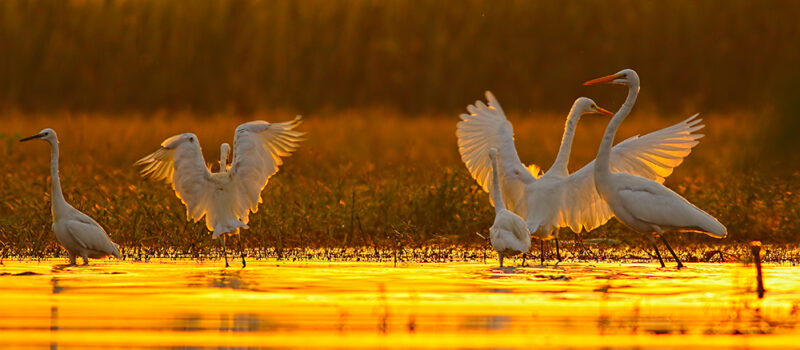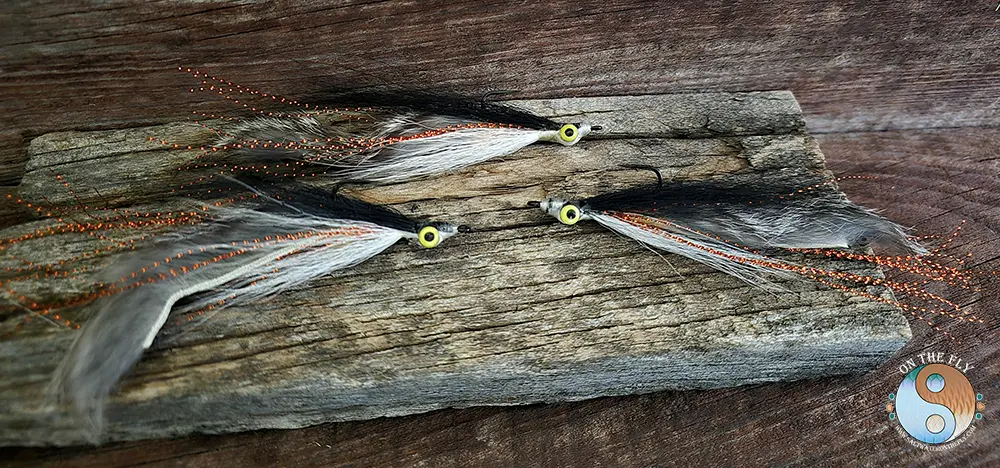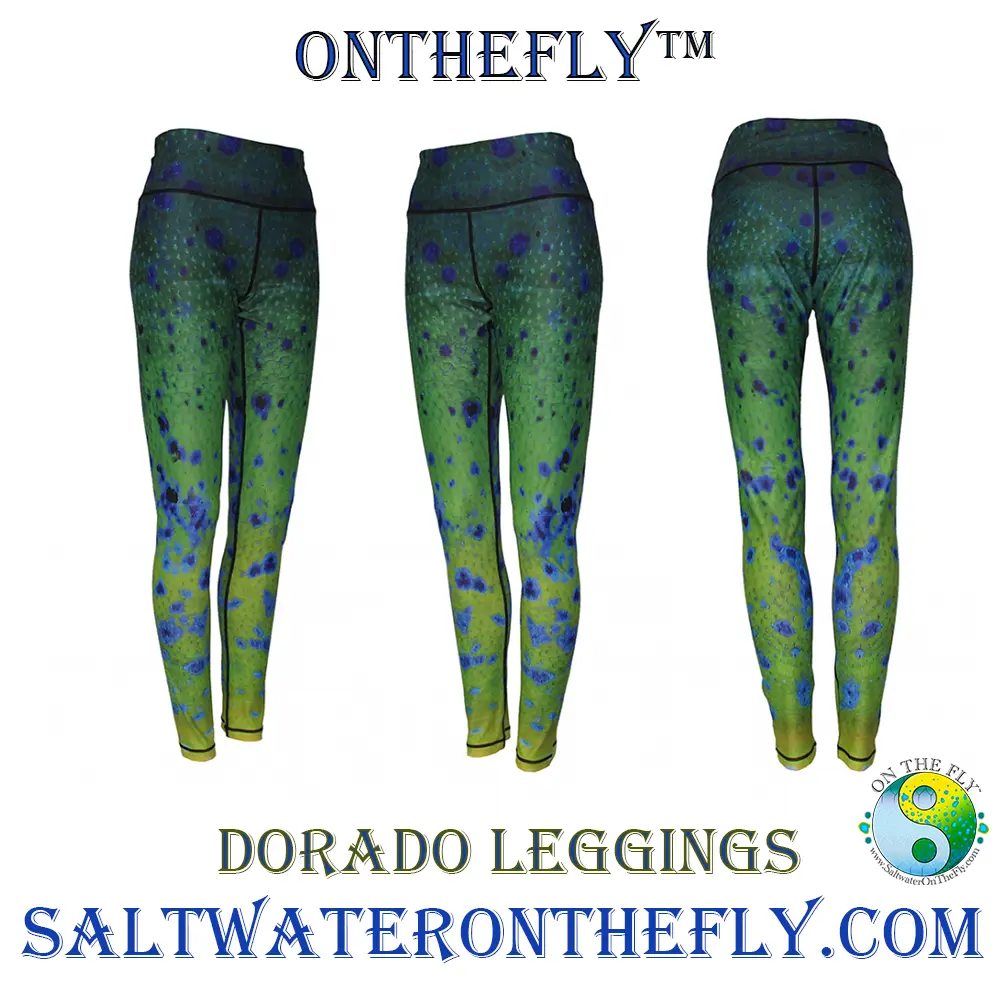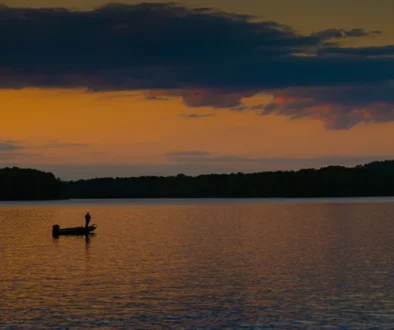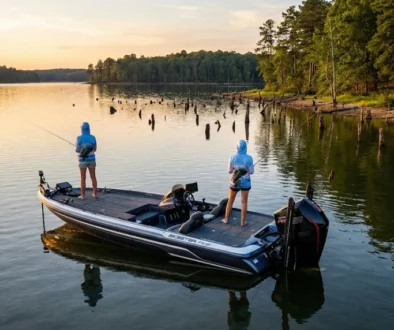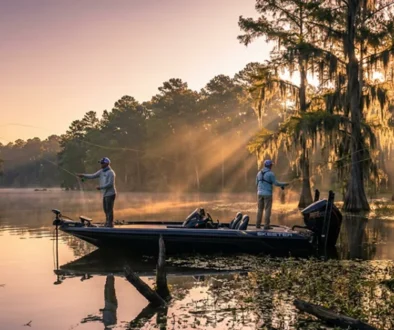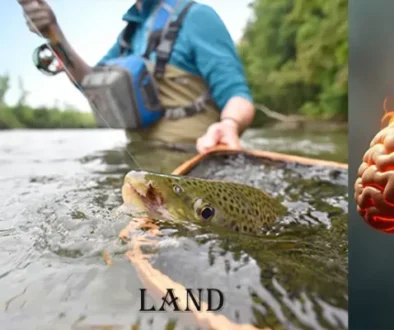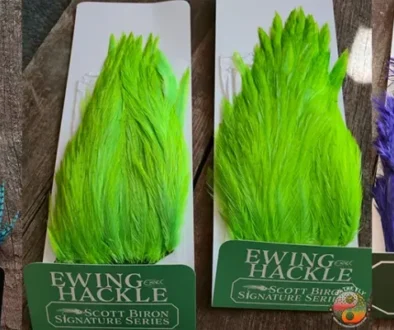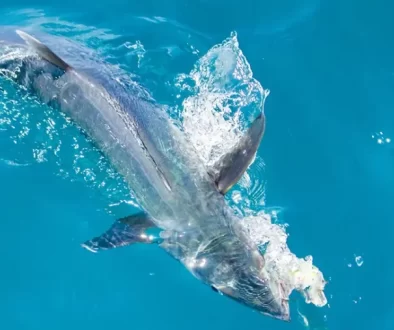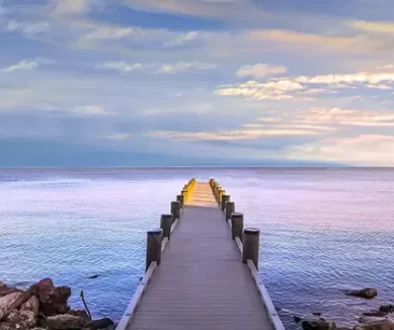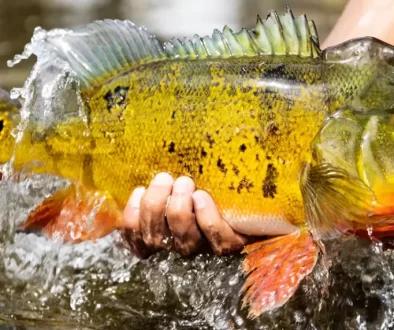Guide to Fly Fishing Florida Everglades
By Craig Lamb
Ever tossed a fly line into the wild heart of the fly fishing Florida Everglades? The whispering winds, the sunlit marshes… It’s a wholly distinct experience. But it’s not just about tranquility; there are thrills too. Fly Fishing the Everglades is a great adventure that ought to be on a bucket list.
You see, beneath those glassy waters lurk fish stories waiting to be written – tales of silver kings and red drum rebels. Intrigued?
This isn’t your typical fishing trip. We’re diving headfirst into an adventure where mangrove jungles teem with prized species and every cast can reel in a surprise.
Ready to uncover secrets from Flamingo Village to Everglades City? Or maybe learn how to spot that elusive tarpon movement in shallow water? Fly fishing the Everglades offers some unique Tarpon fly fishing experiences.
Get ready, folks! We’re about to dive deep into America’s most untamed wetlands. And guess what? You’ll be right there with us, waist-deep in the adventure.
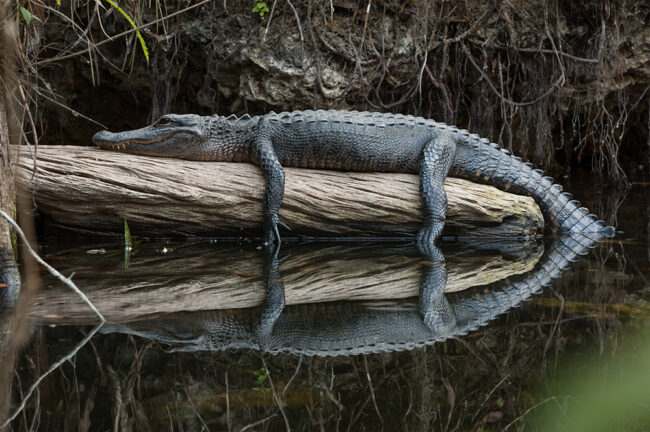
Table Of Contents:
- The Uniqueness of Fly Fishing in the Everglades
- The Prized Species of the Everglades
- The Bountiful Bights of the Everglades
- Access Points to the Everglades’ Fishing Havens
- Spotting Fish in Shallow Waters
- The Anticipated Tarpon Migration
- Fly Patterns for Successful Fly Fishing in the Everglades
- FAQs in Relation to Fly Fishing the Everglades
- Conclusion
The Uniqueness of Fly Fishing in the Everglades
When it comes to fly fishing, the Everglades National Park stands out as a unique and exciting destination. Why? Well, think about this: Where else can you cast your line into crystal clear waters while surrounded by lush mangroves and an array of exotic wildlife?
In these untamed tropical wilderness areas, not only do you get to enjoy nature at its best but also test your skills against some challenging species like tarpon or red drum. It’s kind of like stepping onto a wild stage where each moment brings new surprises.
A Bounty Like No Other
If there were a casting call for fish species that steal the show in terms of size and fighting spirit, our stars would be tarpon, snook, bonefish and permit – all abundant here thanks to excellent habitat conditions (Key Stat 1). The supporting cast includes red drum who put on quite a performance too. They are more plentiful than other regions due to factors such as water quality (Key Stat 2) making their presence felt with every tug on your line.
An Angler’s Playground
The uniqueness isn’t just about what’s below the surface; above it offers just as much variety. There are four shallow bights along the shoreline – Snake Bight (Key Stat 3), Garfield Bight (Key Stat 4), Rankin Bight & Santini Bight that provide excellent opportunities for anglers looking for adventure.
To access these treasure troves you need not go far either. Flamingo Village is one crucial access point, leading you to the heart of this fishing paradise (Key Stat 5). Everglades City is another entryway that opens up a world of possibilities in Chokoloskee Bay and Ten Thousand Islands (Key Stat 6).
waters to casting your line and feeling that exciting tug. Experience the thrill of pursuit, savor the serenity of nature and relish each instant spent afloat in Chokoloskee Bay and Ten Thousand Islands (Key Stat 7).
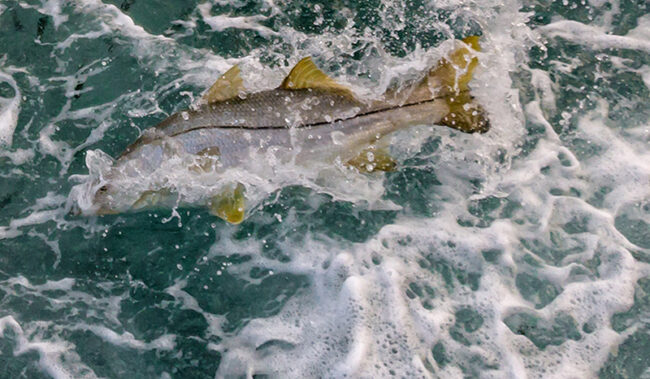
The Prized Species of the Everglades
As you wade through the labyrinthine mangrove tunnels and cast your line into the emerald-green waters, a thrilling thought runs through your mind: “What will I hook today?” The Everglades National Park is teeming with an array of coveted game species that can make any fly fisher’s heart race.
Tarpon – The Silver King
Famed for their sheer size and fight, tarpon are often considered royalty in these parts. These aquatic acrobats put up quite a show when hooked, leaping out of water to throw off anything attached to them.
Bonefish – Ghosts of the Flats
If it’s stealthy fishing you’re after, then hunting for bonefish is just right. Known as ‘Ghosts of the Flats’ due to their ability to disappear from sight instantly; catching one is no small feat.
The Red Drum Phenomenon Fly Fishing Florida Everglades
Interestingly enough, red drum or ‘redfish’, are more abundant here compared to other areas in south Florida (FWC Research Report 4). Maybe they simply love lounging around lush lily pads while basking under sunny skies?
This area seems like heaven on earth for them. A rich diet filled with crustaceans and mollusks makes sure they grow big and strong. Plus all those hiding spots between grass flats ensure protection against predators. It’s almost as if they won the underwater lottery.
Snook – The Robust Fighters
Ever had a tug-of-war with a fish? If not, try catching snook. These robust fighters will give you an adrenaline rush like no other. Known for their sudden burst of speed and strength, these aggressive predators are one heck of a catch.
The Bountiful Bights of the Everglades
This wilderness is brimming with shallow bights that provide excellent fishing opportunities. As you go fly fishing Florida Everglades.
Snake Bight
Fishing in Snake Bight can be like hitting a jackpot for anglers who know what they’re doing. The vast mangrove forests surrounding this area create an ideal habitat for snook and redfish. Everglades National Park’s official website offers detailed maps and helpful tips on navigating these waters safely.
A good trick here is using flies imitating local baitfish or shrimp patterns – because if there’s one thing fish can’t resist, it’s home cooking.
Garfield Bight
Moving along the shoreline, we get to Garfield Bight – a veritable playground for bonefish. But why do bonefish love this spot? Simple: seagrass beds. These underwater prairies are buffet tables full of tasty crustaceans just waiting to be devoured by hungry bonefish.
Florida Fish and Wildlife Conservation Commission (FWC) recommends catching-and-releasing when you hook up with one of these silver speedsters.
Rankin Bight
In Rankin Bight, don’t let your eyes fool you; even though tarpon aren’t always visible at first glance doesn’t mean they’re not there. In fact, many anglers refer to this area as “The Tarpon Triangle”. Bonefish & Tarpon Trust suggests keeping an eye out for the telltale signs of a feeding tarpon, such as splashing or rolling on the surface.
If you spot one, try not to gasp too loudly. They can hear you.
Santini Bight
Last but definitely not least is Santini Bight. This place might be called ‘Santini’, but don’t let that fool you into thinking it’s anything like a quiet Italian village. No siree. It’s more akin to a bustling metropolis for fly fishers.
Access Points to the Everglades’ Fishing Havens
The Everglades National Park is a fly fisher’s paradise, with diverse habitats and a plethora of prized species. But knowing where to start your adventure can be as challenging as landing that elusive tarpon. Two primary gateways offer access into this vast wilderness: Flamingo Village and Everglades City.
Flamingo Village
Nestled at the southern tip of Florida’s mainland, Flamingo Village serves as an ideal launching point for your fishing escapade. This gateway provides direct routes into various bights – shallow bay areas known for their excellent fishing opportunities.
Beyond just being an entryway, Flamingo offers amenities like boat rentals and marina services that let you gear up before heading out on the water. There are also camping facilities if you’re looking to extend your stay in nature’s playground.
Everglades City
Moving further west along Florida’s coastline brings us to Everglades City, another critical access point into this aquatic wonderland. Known locally as the “Gateway to the Ten Thousand Islands,” it opens doors (or rather channels) onto Chokoloskee Bay – renowned for its tarpon and snook population.
This historic city boasts a robust charter industry ready to guide even novice anglers through these complex waterscape labyrinths while sharing valuable insights about tides, moon phases, wind conditions, and more.
Between these two access points lies a world teeming with fish ready to be challenged by your fly. Whether you’re stalking red drum in the bights off Flamingo or hunting tarpon amid the Ten Thousand Islands from Everglades City, remember that it’s not just about what’s at the end of your line – but also where it begins.
Spotting Fish in Shallow Waters
Seeking fish in the Everglades can be an exciting challenge, requiring keen observation. The fish are masters at blending into their surroundings, but with practice and keen eyesight, you can learn to spot them.
The first sign of fish presence is often ‘nervous water.’ This term refers to ripples or dimpling on the surface that differs from wind-induced waves. If there’s a sudden commotion in otherwise calm waters – congrats. You’ve just spotted your quarry in action.
Bird activity can also give away a school’s location because where there’s baitfish, bigger ones aren’t far behind. But remember: not all birds are reliable tattletales – look for ospreys and pelicans diving down for an underwater snack.
Tailing Fish
In shallow water conditions typical of the Everglades’ backcountry, spotting ‘tailing’ fish becomes possible—and exciting. Tails or dorsal fins breaking through the water surface indicate feeding activities beneath. It may seem like they’re waving hello—but really it’s more about saying “lunchtime.”
Targeting tailing red drum can be especially rewarding as these species tend to group up when feasting on crustaceans hidden in mud flats—a buffet sight worth seeing.
Cruising Shadows & Mud Clouds
‘Cruisers’, another type of visible aquatic actors we meet while fly fishing, refer to individual or small groups of larger predator fishes such as tarpon cruising along sandy bottoms. Their darker bodies create moving shadows, betraying their presence.
Also, keep an eye out for mud clouds stirred up by fish rooting around the bottom. These ‘mud puffs’ might just lead you to a snook or bonefish breakfast party in progress.
Fish Flashes
Last but not least are those sparkly ‘flashes.’ This effect happens when sunlight reflects off the scales of a fish as it turns sideways—an underwater disco hinting at potential catches below.
it’s a skill that can open up a new world of understanding. The practice may be arduous, but the benefits are worth it.
The Anticipated Tarpon Migration
Picture this: the serene waters of the Everglades, calm and inviting. Suddenly, they ripple with movement – it’s tarpon season. Every year, these magnificent fish make a grand journey through our Florida waterways.
A unique spectacle unfolds as thousands of Atlantic tarpons, some weighing up to 200 pounds, start their migration. It’s a feast for your eyes and an absolute boon for fly fishers.
So why does this event get anglers’ hearts racing? Let me paint you another picture. You’re on your boat in the middle of all that action. Your line is taut; there’s an enormous silver king at its end. The adrenaline rush from hooking one of these beauties is second to none.
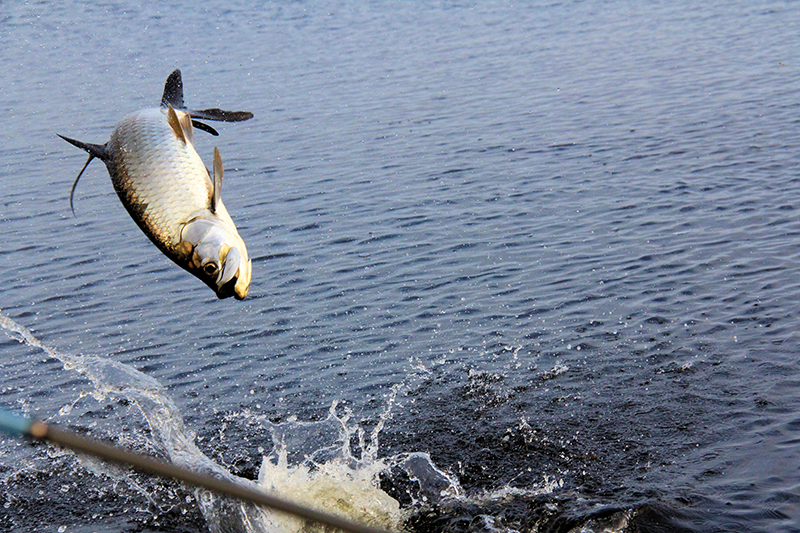
Timing Is Everything
If you’re looking to take part in this thrilling experience, mark April through July on your calendar right away. These months offer peak opportunities to cast your flies towards leaping silhouettes against sunset skies – truly picturesque scenes worth capturing both on camera and rod.
In case you missed out during spring or early summer – don’t fret. There are still chances till November before winter sets in (Florida Fish & Wildlife Conservation Commission). But remember folks: patience pays off when hunting tarpons.
Tips To Make The Most Of It
To increase success rates during this exhilarating period try using darker colored flies, such as the Black Death or Purple Poon. Why? Tarpons seem to favor these over lighter shades during their migratory period.
Also, consider the tides and moon phases while planning your trips (Salt Strong). As with many saltwater species, tarpon movements sync with tidal schedules – rising tides are usually a good bet.
The best part about this annual migration is its predictability. Every year around the same time, you can count on being in one of nature’s most exciting fishing rodeos. Gather your supplies and prepare for a journey that’ll have you absolutely captivated.
Flies to Hunt the Everglades With
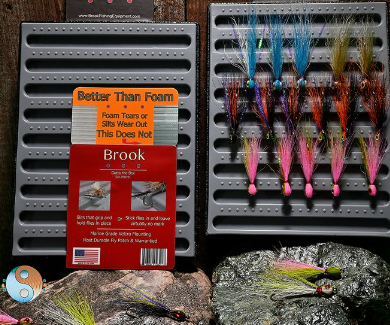
Clouser Minnow
Tie this go-to on No. 2 hooks
with medium dumbbell eyes using a variety of colors and particularly chartreuse
over white and gray over white. The Clouser will catch everything from bonefish
to red drum and snook. Selection of Fly Tying Materials Click Here.
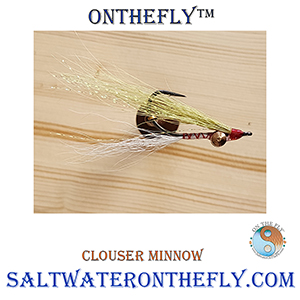
Recipe:
hook: Size 1/0 to 12 I use owners
Thread: Semperfli Flouro Brite
Eyes: Lead or Brass Painted or Stick On
Belly: Natural Bucktail or Choice
Flash: Krystal Flash or Flash of Choice
Back: Olive Bucktail or Color of Choice
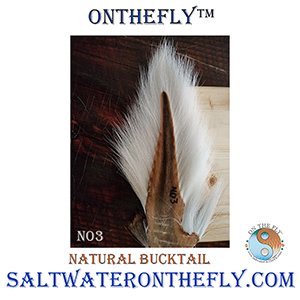
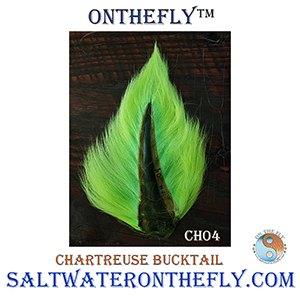
Marabou Muddler
This pattern works for snook, tarpon and red drum with its combination of spun deer hair head and a marabou tail. A slower sink rate is ideal for tarpon in deep water, and for slightly turbid or stained water conditions. Go-to muddler patterns for the Everglades are brown with a rust collar.
Gurgler
The perfect fly for snook, tailing red drum and small tarpon. It’s shrimpy, rides high and makes a solid bloop to attract faraway fish. A must-have for the backcountry.
EP Everglades SP
A thin profile baitfish pattern that works well in tanic water. The bulky head pushes water to attract predators like snook, red drum and spotted sea trout.
Baitfish, shrimp and crab patterns
Bring your favorites, as each has a place in an Everglades fly box for emulating the three primary forages of tarpon, snook, red drum and permit. Below are a few others we suggest.
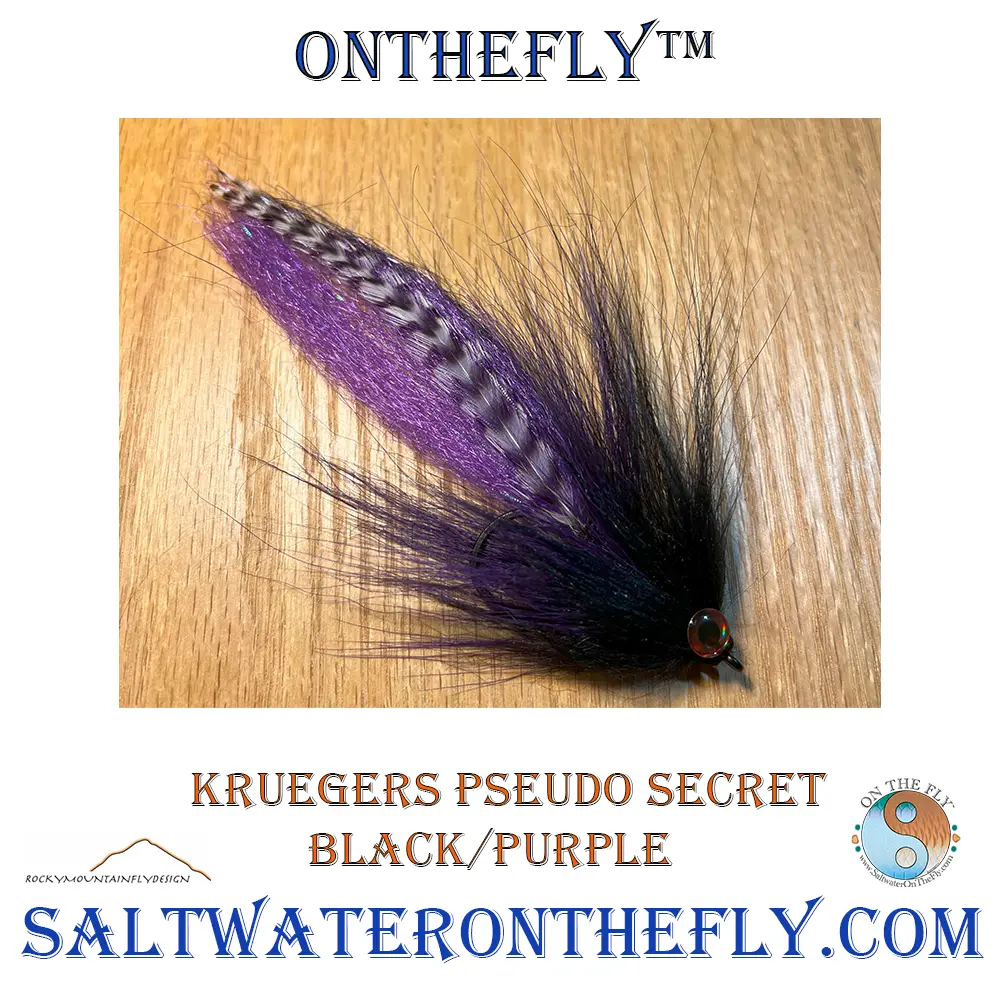
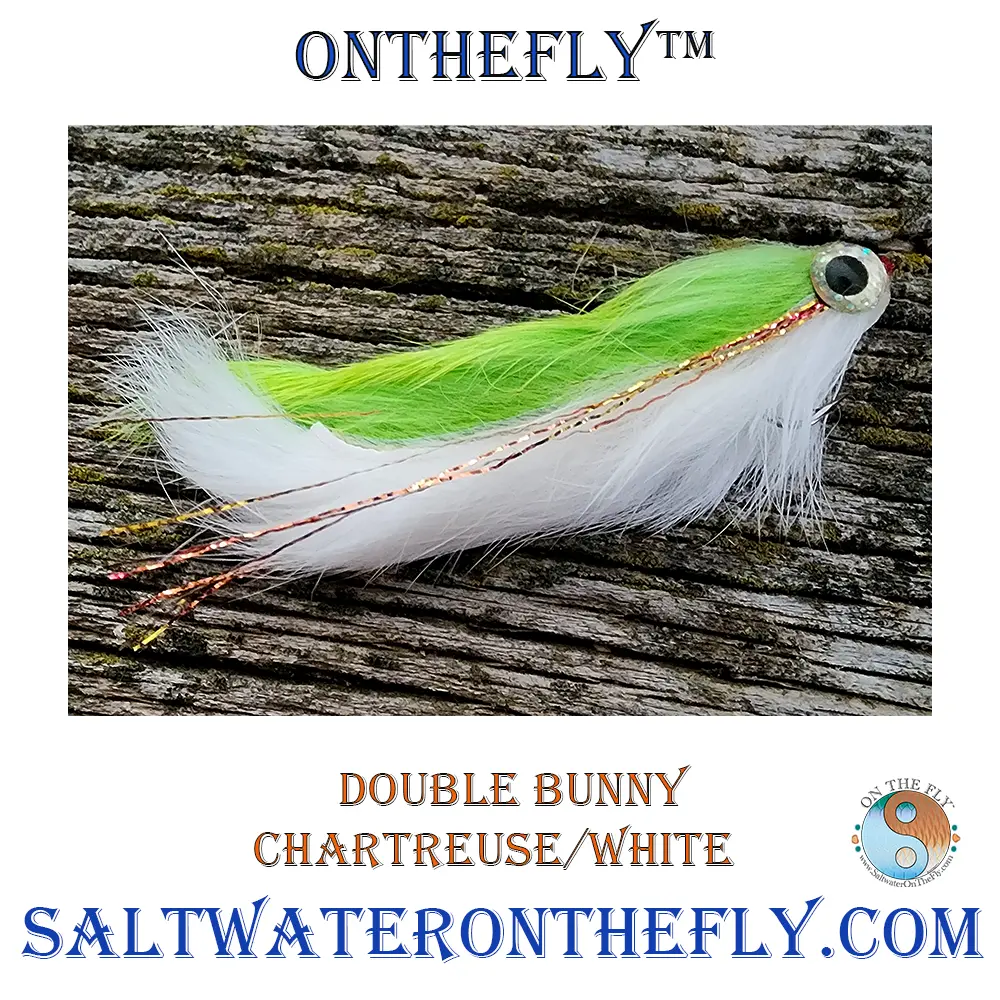
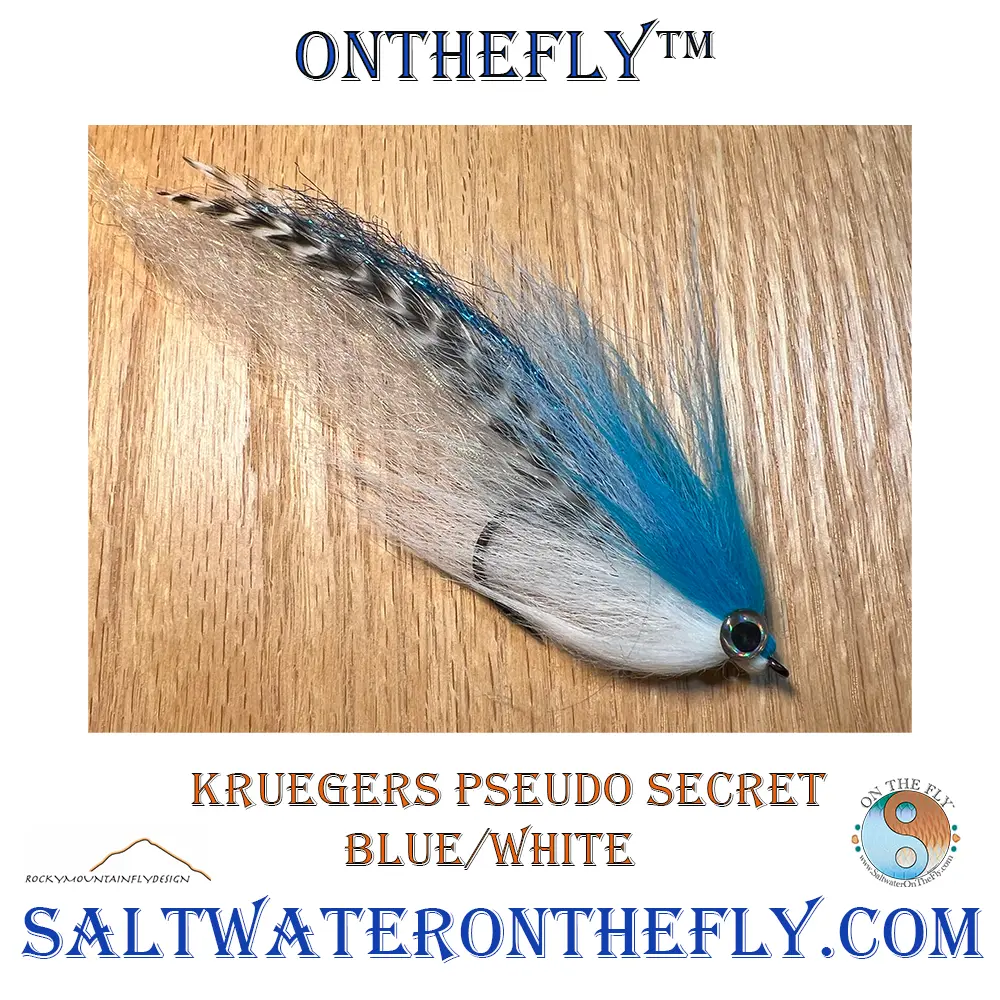
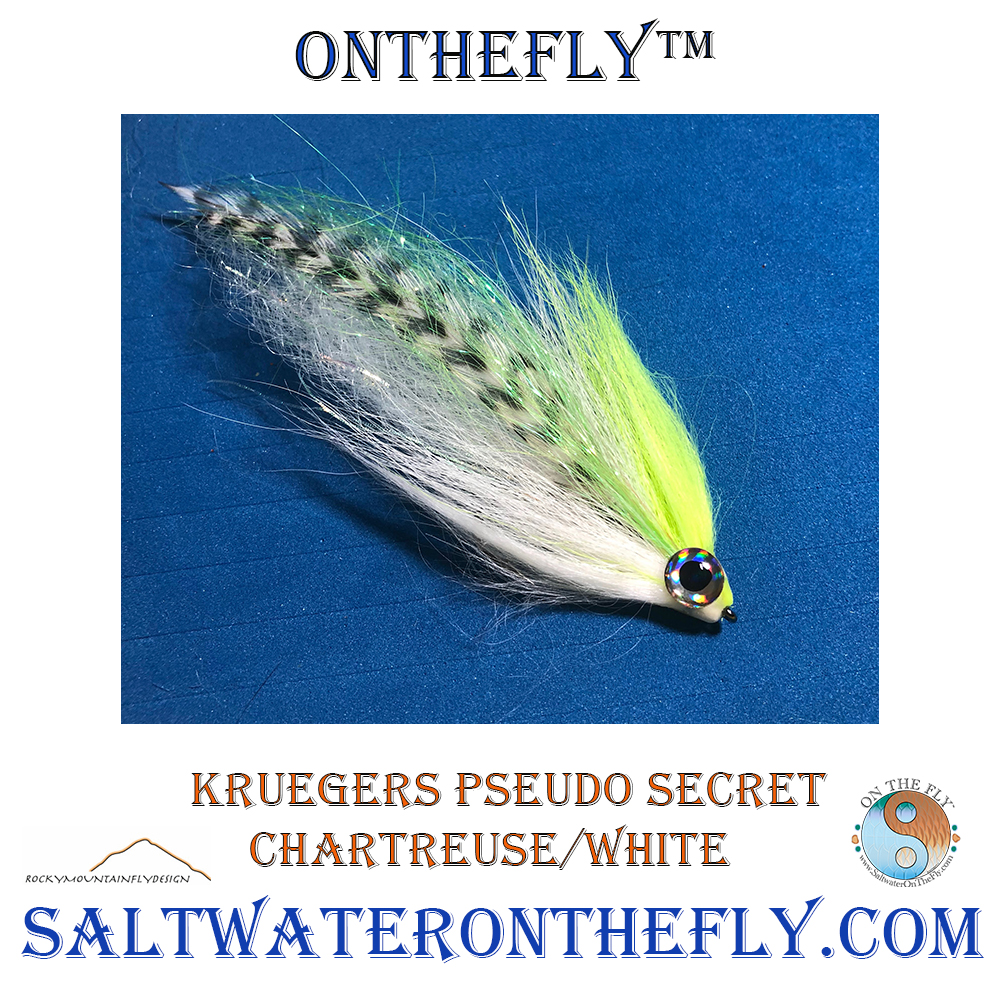
Fly Patterns for Successful Fly Fishing in the Everglades
One pattern that’s a proven winner here is our friend, Marabou Muddler.
Marabou Muddler: The Unsung Hero
This unheralded creature may not be as renowned as some other flies, but don’t let that deceive you. It’s like the understudy who steps up and steals the show when given a chance. Crafted with marabou feathers and typically sporting colors such as black or olive green – perfect camo gear for sneaking up on unsuspecting fish.
The Marabou Muddler’s unique design allows it to sink quickly into deeper waters where big prey likes to hang out. But wait, there’s more. Its movement mimics small baitfish – irresistible snack for many species in these parts.
You might be wondering how this applies to fishing specifically in Everglades? Well my friends, one word: versatility. Whether you’re after snook hiding among mangroves or tarpon cruising channels, this trusty morsel will help reel them right onto your boat.
| Fly Pattern Name: | Marabou Muddler |
|---|---|
| Main Materials Used: | Marabou Feathers |
| Suggested Species: | Tarpon & Snook (among others) |
Another great feature of the Marabou Muddler? It’s easy to tie. If you’re new to fly tying, there are many step-by-step tutorials available. After a few tries, even beginners can master it.
Everglades can be a challenging fishing spot, but if you stay patient and persistent with these flies, you’re bound to reel in some impressive catches.
Apparel for Fly Fishing Florida Everglades
Humid, muggy, and hot at times while Fly Fishing Florida Everglades is a diversity of climate changes quickly. Our Sun Protective graphic hoodies are design for this type of environment. Cut a bit loose for air flow and great moisture wicking properties in the fabric to assist with this process of keeping you cool and protected from the Sun with a built in Facemask as well as being a UPF-50 sun protective piece of outdoor apparel.
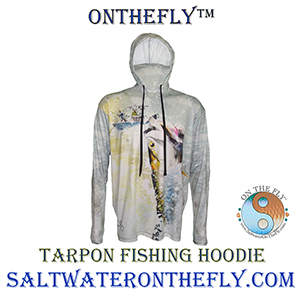
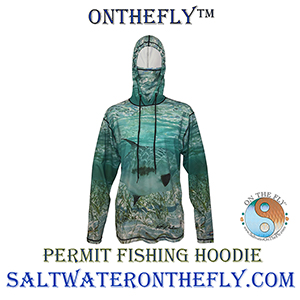

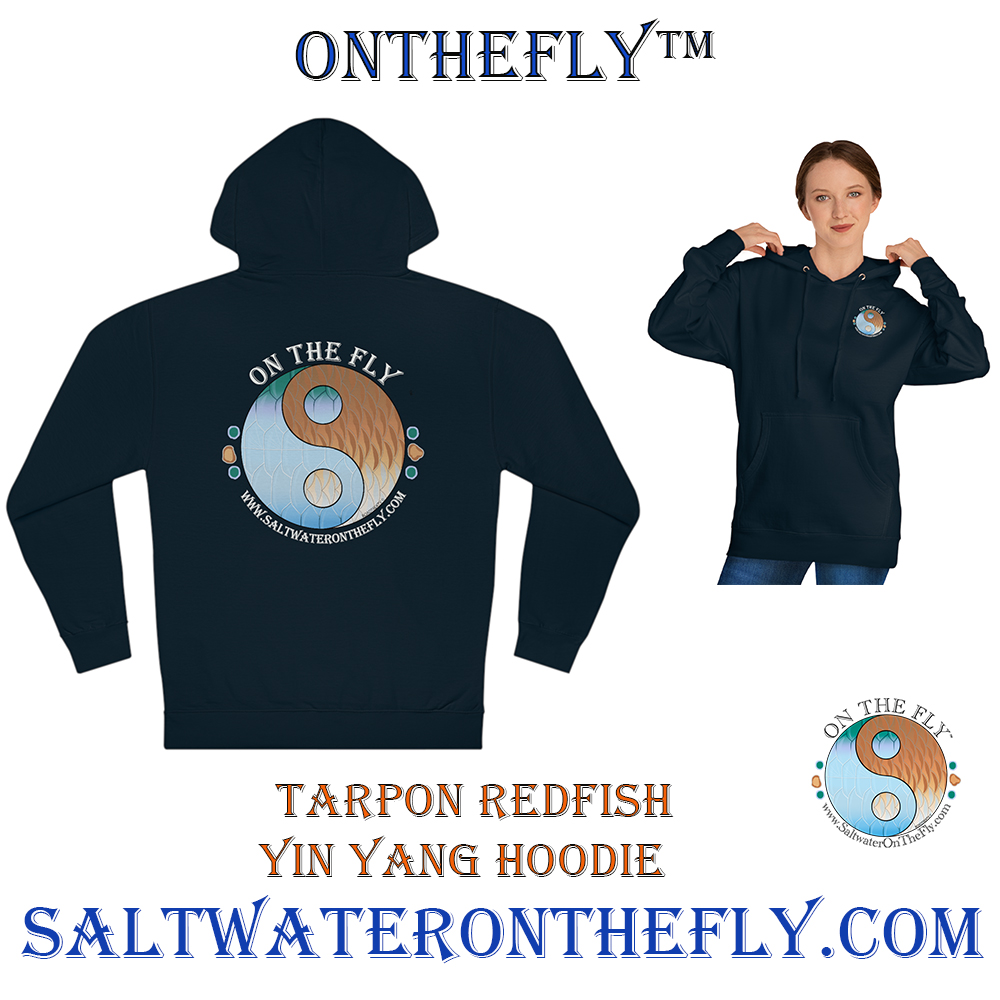
FAQs in Relation to Fly Fishing the Everglades
Can you fly fish in the Everglades?
Absolutely, fly fishing is not only allowed but a popular activity in the Everglades. It’s a unique adventure filled with various species.
What is the best month to fish in the Everglades?
The prime time for fishing varies by species, but generally March through July offers great opportunities, especially for tarpon and snook.
Where is the best place to fish in the Everglades?
The four shallow bights—Snake Bight, Garfield Bight, Rankin Bight, and Santini Bight—are excellent spots for angling within this park.
Can you fish anywhere in the Everglades?
Nope. Fishing is regulated within certain areas of this National Park, so always check local regulations before casting your line out there.
Conclusion of Fly Fishing Florida Everglades
So, you’ve journeyed with us through the wild heart of fly fishing Florida Everglades. A thrilling adventure, wasn’t it?
You now know about prized species like tarpon and red drum that call this tropical wilderness home.
We showed you top spots such as Snake Bight and Garfield Bight for casting your line. And let’s not forget those crucial access points – Flamingo Village and Everglades City.
Fly patterns? You’re covered there too. With options like Marabou Muddler at hand, success is just a cast away!
Remember folks: every trip into these untamed wetlands holds potential for an unforgettable story. So grab your gear! The next chapter in your angling adventures awaits…
